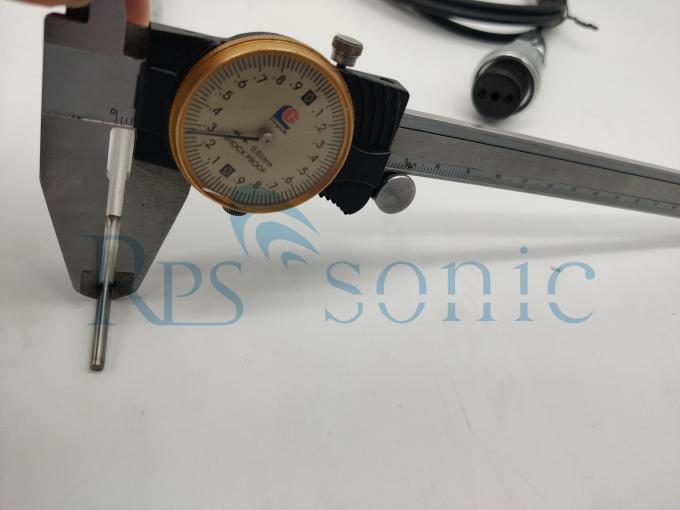High Frequency Ultrasonic Cell disruption and lysis by ultrasound
Description| Frequency: | 20khz | Power: | 3000W |
|---|---|---|---|
| Generator: | Digital Generator | Horn: | Titanium Alloy |
| Capacity: | 20 L/Min | ||
| High Light: | ultrasonic homogenizer sonicator,ultrasonic dispersion equipment | ||
High Frequency Ultrasonic Cell disruption and lysis by ultrasound
Parameter
Introduction: Cell disruption and lysis by ultrasound Ultrasonic homogenizers are mainly used for sample preparation and production. These areas include, in particular, the homogenization, emulsification and suspension of various substances, as well as the acceleration of chemical reactions, cell disruption and the extraction of cell contents. Using ultrasonic homogenizers certain substances can be selectively destroyed, tedious preparation processes can be shortened and the yield of many reactions increased. The comparison with mechanical processing devices such as planetary ball mills, rotor / stator or gap homogenizers shows that ultrasonic homogenizers work with higher efficiency and, in particular, make reproducible results possible. The trend in analytics is towards smaller and smaller sample volumes and the reduction in the use of chemicals. For example, the use of ultrasonic homogenizers has become of central importance in recent years, where even the smallest sample quantities are to be processed quickly, cost-effectively and reproducibly. Disruption of cells and microorganisms In modern laboratories, ultrasonic homogenizers are used to break cell walls to extract the cell contents, e. g. the proteins without damaging them. A part of the energy introduced into the cell suspension is transformed into heat by friction. In order to avoid thermal damage to the cell contents, the sample is either cyclically intermittent sonicated or cooled in a cooling vessel during sonication. A rosett cell enables a uniform sonication of microorganisms as the ultrasonic energy forces the sample to circulate repeatedly under the probe and through-out the side arms. Placed in the ice bath, the content can be cooled effectively due to the enlarged glass surface. The disruption of cell membranes depends strongly on the elasticity of the cells. Cell components, such as mitochondria or cytoplasm, can be disrupted fractionally by varying the input ultrasonic energy and thus the extraction power. In the case of particularly resistant bacteria (for example streptococci), fungi, spores, yeasts or tissue samples, direct destruction with very high ultrasonic amplitudes via micro tips is possible, since micro tips can achieve a very large energy input into smallest sample quantities. When working with microliter quantities, foaming and splashing out of the vessel are a bigger problem. A valuable sample material loss is possible. Therefore the power regulation is very important. If cells with labile walls are to be disrupted, only little power or small amplitude is necessary. In order to dissolve large quantities continuously, special flow vessels made of glass or stainless steel with a sonication chamber are used to treat each particle of a suspension with the same intensity. Thermal damages to cell contents can be excluded if the vessel is additionally equipped with a cooling jacket. In order to avoid contamination by foreign particles - for example erosion particles of the probe - an indirect sonication in a cup booster or cup horn is to be preferred. This method achieves uniform intensity and cooling.

